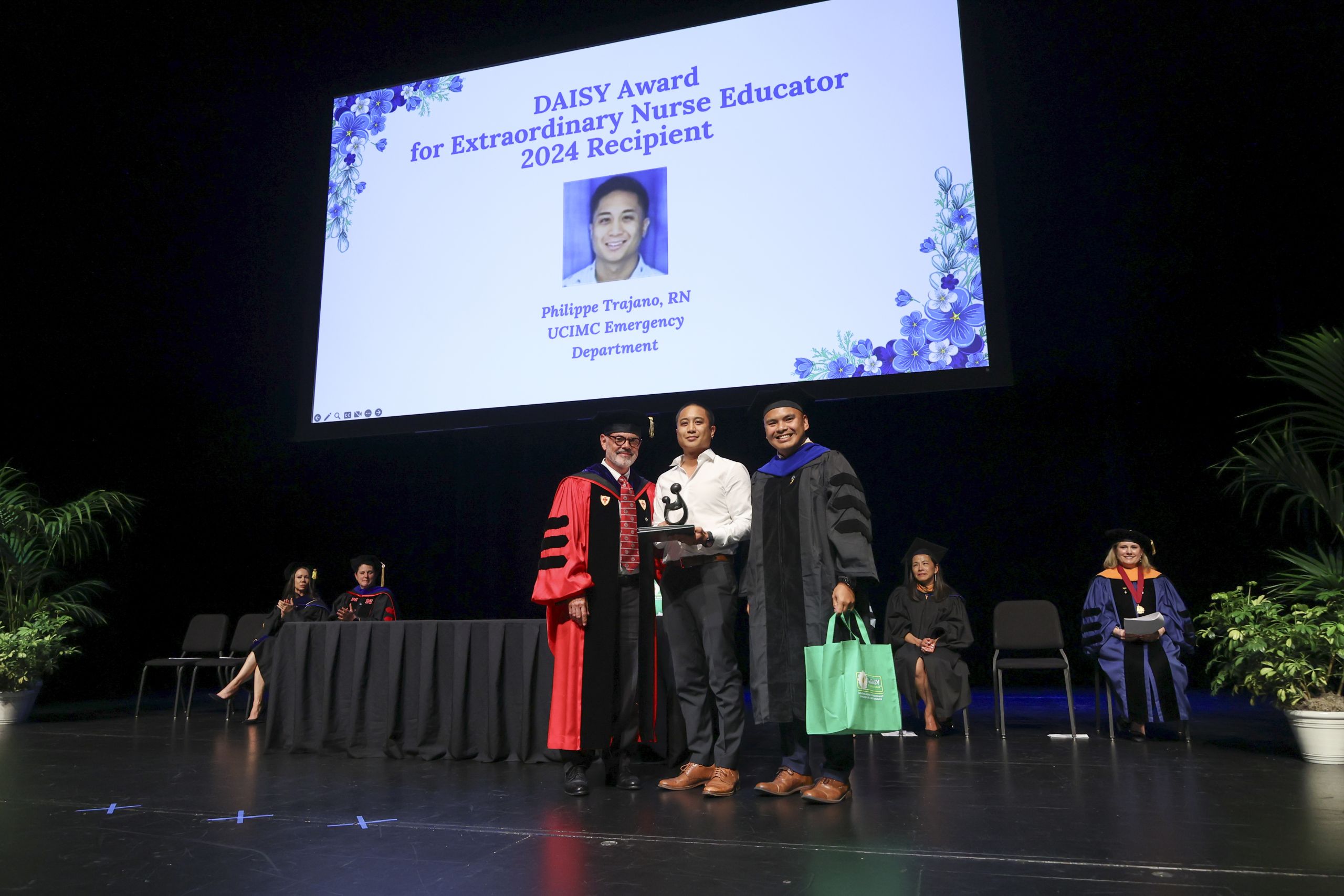 The health needs of public school students and school nurse services in Orange County will be examined as part of a research project that will eventually serve as a foundation for a statewide study.
The health needs of public school students and school nurse services in Orange County will be examined as part of a research project that will eventually serve as a foundation for a statewide study.
Assistant Professor Nakia Best will lead the National Institutes of Health (NIH)-funded project, Associations of Child Health Needs, School Nurse Health Services, and Social Determinants of Health.
It will serve as the foundation for the development of a future study that includes data representing children and adolescents across California.
While the impact of school nurses on educational and health outcomes is known, Best says there is no standardized comprehensive data collection process and database that represents nurse interventions provided to children at school.
The objective of the study is to capture — using aggregated population data from 2010-20 — the factors related to OC students’ physical and mental health, school nurse staffing, health services provided and social determinants of health, such as diet, physical activity and health disparities.
Opportunity for innovation
“The COVID crisis offers us an opportunity to rethink, recreate and innovate school health services.”
Best wants her study to assist with educating pediatric providers, school administrators and lawmakers on the importance of school nurses and positively affect school health policy.
The future study that arises from Best’s work will inform what is likely to be transformed school nurse leadership in the role in the delivery of health services and the associated enhanced professional development required to ensure youth receive evidence-based care.
School nurses play unique role
School nurses, Best says, are in a unique position to play an active role in child and adolescent health.
That’s primarily because they are accessible to students while they are at school. School nurses are also able to recognize the barriers that students may encounter and they develop long-term relationships with students and their families.
Yet, only 40% of U.S. schools employ a nurse full-time. One-quarter of schools don’t have a nurse at all. When there is a nurse at school many of them report heavy caseloads and budgetary limits that prevent full staffing.
Chronic disease and academics
The need is critical, she says. Chronic health conditions — asthma, obesity, behavioral or learning problems — are on the rise everywhere, affecting an estimated 12.8% to 26.6% of U.S. youth.
“Every child and adolescent deserves a full-time school nurse,” Best argues. “Chronic disease directly impacts a child’s school attendance, academic success, self-esteem, happiness and future health.”
School nurses serve as an important link between the student and their condition. They coordinate and provide services that support the improvement and maintenance of one’s health.
In turn, Best says, that support leads to decreased absenteeism and helps promote academic success.
Best’s own research has shown that when there is a lower nurse-to-student ratio and school nurse health services in the form of 1:1 health counseling, case management and education were linked with decreased absences and better self-management of their conditions.




Leave A Comment